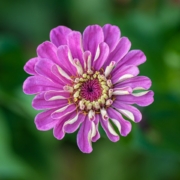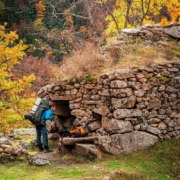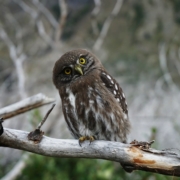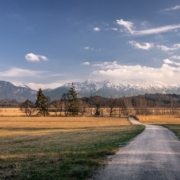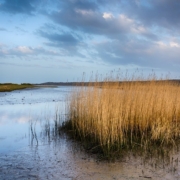Your Mind is Here to Change/Part 2
You can listen to an audio version of this blog post here.
And you can listen to part one of “Your Mind Is Here to Change” here.
If we want to learn a musical instrument, practice is required. Our bodymind is an instrument and to learn new habits of body and mind we must be willing to engage practices of awareness, self compassion and insight. Our wish to change our relationship to ourselves or our world, depends upon this commitment.
Real change requires effort.
In the work I do, practices of applied neuroscience include focused self awareness and active imagination. Who we are lives in our imagination; we are creating our self image every moment. Challenges arise when we are so attached to who it is we think we are, that when life demands its inevitable changes, we are unable to respond which feels much like a loss of freedom.
The therapeutic healing arts I engage provide skillful ways to meet, name and transform the inevitable anxiety that is part of life.
Decades of Feldenkrais(r) work have taught me how to rest into the wordless connection and attunement necessary to listen deeply simultaneously to myself and another.
Hakomi Body Centered Psychotherapy work invites an integration between felt sense and language which is vital for keeping our bodymind and heart vividly present. Internal Family Systems reveals the diversity that is alive within our own psyche and compassionately welcomes all parts of ourselves.
Thirty five years and counting of practice & study in various traditions of Tibetan Buddhism continue to allow me to trust the inherent wisdom present in everyone and provides me with a place to rest.
Whole Systems Thinking keeps me awake to the profound interrelatedness of our personal healing and the healing we offer the world through our efforts. Not one drop of insight, compassion, love or sincerity are ever wasted!
None of these methods are new. There’s a renaissance in the reclamation of experiential processes of intuition, revelation and trust of felt sense that open the doors of perception. These ways of knowing ourselves and our world are our birthright.
Our work together is collaborative and begins with “original wholeness”. No one is broken, no one needs to be fixed and I’m not the “fixer”. Instead we open ourselves to the creative solutions that want to move through us and move us through challenges.




